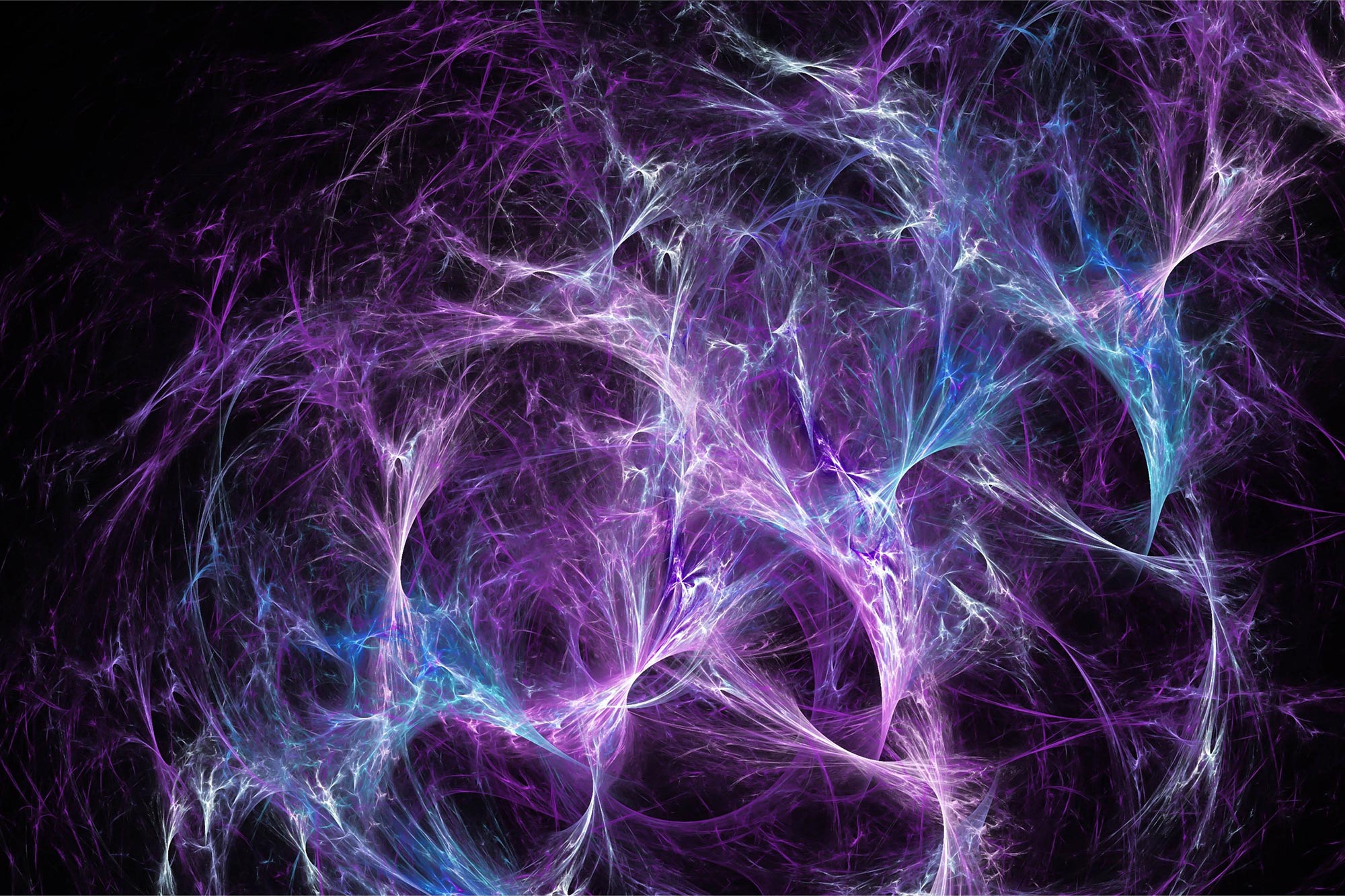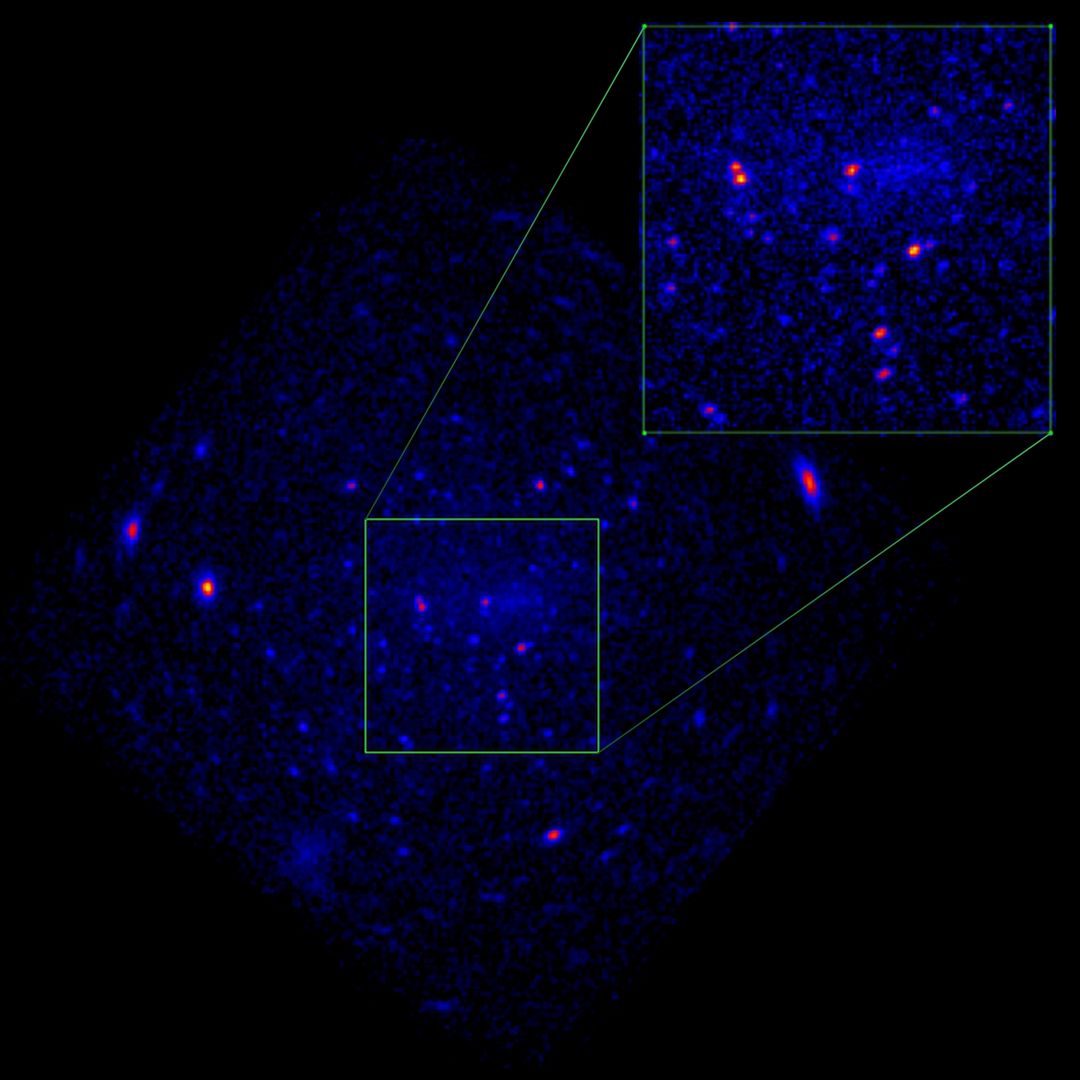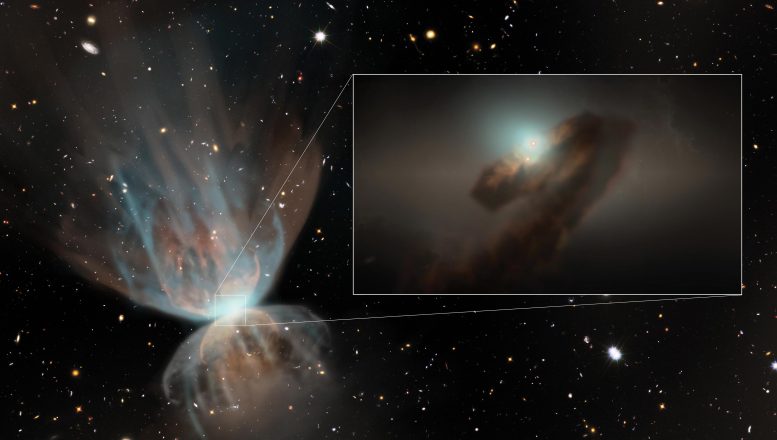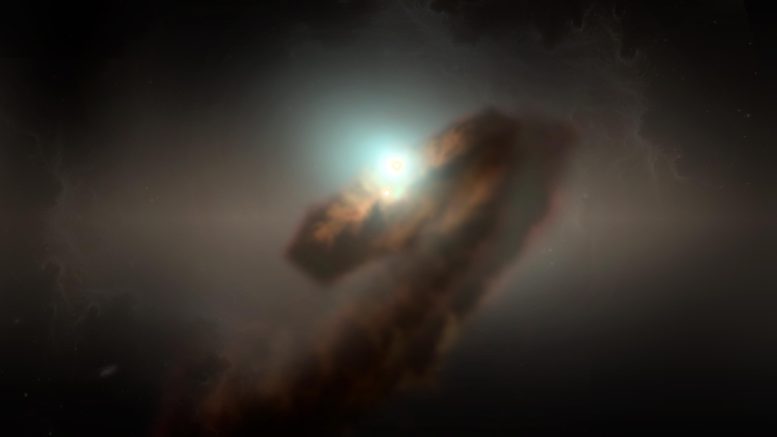Una misión conjunta de telescopios de rayos X chinos y europeos llamada sonda einstein visualiza con éxito el universo en pantalla panorámica, con un diseño de telescopio que imita los ojos de una langosta.
La sonda Einstein, lanzada el 9 de enero a bordo de un cohete chino Gran Marcha, se encuentra actualmente en pruebas y calibración de sus instrumentos mientras orbita la Tierra a una altitud de 600 kilómetros (373 millas). Sus primeras observaciones fueron reveladas en un simposio en Beijing.
El problema de los rayos X es que tienen una energía tan alta que son difíciles de capturar con un detector estándar. Las lentes no funcionan porque los rayos X son demasiado potentes para refractarse fácilmente, y un rayo X que golpee un espejo de frente simplemente pasará a través de dicho espejo. La detección de rayos X sólo es posible cuando estos rayos inciden en una superficie reflectante en un ángulo bajo. Desde allí, los rayos pueden dirigirse a un detector de rayos X específico. Sin embargo, este mecanismo plantea un pequeño problema. Esto significa que un telescopio de rayos X generalmente sólo puede detectar rayos X en un campo de visión estrecho; fuera de este campo de visión, los rayos X incidirían en un ángulo demasiado grande.
Resulta que las langostas son la solución, es decir, la visión de la langosta. Además, los científicos retomaron esta idea básica a fines de la década de 1970, pero tomó décadas adaptarla con éxito para su uso en telescopios de rayos X en el espacio.
Los ojos humanos funcionan según el principio de refracción a través de una lente, llamada córnea. Las langostas, por el contrario, utilizan el reflejo. Sus ojos están formados por pequeños tubos dispuestos como poros cuadrados paralelos a la superficie de sus ojos, y cada tubo apunta en una dirección diferente. La luz ingresa a los tubos y se refleja de regreso a la retina. Mientras que la visión humana cubre un campo de unos 120 grados, las langostas tienen 180 grados de visión panorámica.
La visión de rayos X de ojo de langosta ya se ha implementado en misiones para estudiar el viento solar, en misiones interplanetarias y en una misión de demostración de tecnología llamada LEIA (Lobster Eye Imager for Astronomy) en 2022. Sin embargo, la sonda Einstein es la primera en Utilice la óptica de ojo de langosta en un telescopio espacial. Su Telescopio de Rayos X de Campo Amplio (WXT) toma prestado el diseño de un ojo de langosta, con cientos de miles de tubos dispuestos en 12 módulos colocados de manera que el WXT pueda cubrir un campo de visión de más de 3.600 grados cuadrados. , igual a una undécima parte del cielo, en un solo plano. En sólo tres órbitas, WXT puede obtener imágenes de todo el cielo en rayos X.
WXT busca cosas que suceden durante la noche: los llamados transitorios de rayos X, que a menudo son eventos aleatorios o únicos, como el brillo de una estrella o un agujero negro inactivo que se enciende repentinamente con actividad al ingerir una pequeña partícula de material. . También incluye fenómenos como la explosión de estrellas y la fusión de estrellas de neutrones que provocan ondas gravitacionales que reverberan por todo el cosmos. Por lo tanto, este amplio campo de visión debería permitir a WXT aumentar considerablemente nuestro conocimiento de estos transitorios.
Para complementar la vista panorámica del WXT, la sonda Einstein también lleva un segundo telescopio, conocido como Telescopio de Seguimiento de Rayos X (FXT), que es un detector de rayos X más tradicional con un campo de visión más estrecho. FXT proporciona observaciones más detalladas y cercanas de todos los transitorios descubiertos por WXT.
Aunque todavía se encuentra en fase de pruebas, WXT en particular ya está demostrando su valía. El simposio de Beijing reveló que WXT detectó su primer transitorio de rayos X el 19 de febrero, un evento asociado con una larga explosión de rayos gamma producida por la destrucción de una estrella masiva. Desde entonces, WXT ha descubierto 141 transitorios más, incluidas 127 estrellas que desencadenan erupciones de rayos X.
FXT también ha estado ocupado durante este período de pruebas rastreando un transitorio de rayos X descubierto el 20 de marzo, nada menos que por WXT, así como tomando imágenes de varios objetos de rayos X bien conocidos, incluido un remanente de supernova llamado Puppis A y el gigante cúmulo globular Omega Centauri.
«Estoy encantada de ver las primeras observaciones de la sonda Einstein, que demuestran la capacidad de la misión para estudiar grandes áreas del cielo en rayos X y descubrir rápidamente nuevas fuentes celestes», dijo Carole Mundell, directora científica de la sonda Einstein europea. Agencia Espacial. en un declaración. «Estos primeros datos nos dan una visión tentadora del universo dinámico y de alta energía que pronto estará al alcance de nuestras comunidades científicas».
«Es sorprendente que, aunque los instrumentos aún no estaban completamente calibrados, ya pudimos hacer una observación de seguimiento crítica utilizando el instrumento FXT de un transitorio rápido de rayos X detectado por primera vez por WXT», añadió Erik Kuulkers. Es científico del proyecto de la sonda Einstein de la Agencia Espacial Europea. «Esto muestra de lo que será capaz la sonda Einstein durante su investigación».
Esta investigación durará inicialmente tres años y se espera que comience el próximo mes de junio, una vez que finalicen oficialmente las pruebas. Los datos publicados en el reciente simposio son un adelanto de lo que podemos esperar.
Einstein Probe es una colaboración no solo entre la Academia de Ciencias de China y la Agencia Espacial Europea, sino también entre el Instituto Max Planck de Física Extraterrestre (MPE) en Alemania y el Centro Nacional de Estudios Espaciales (CNES) en Francia. Sus descubrimientos proporcionarán un amplio catálogo de objetos para la próxima misión europea NewAthena (Advanced Telescope for High-Energy Astrophysics), actualmente en fase de estudio. Se espera que este instrumento sea el telescopio de rayos X más potente jamás construido y se lance alrededor de 2037.
Publicado originalmente en espacio.com.
















